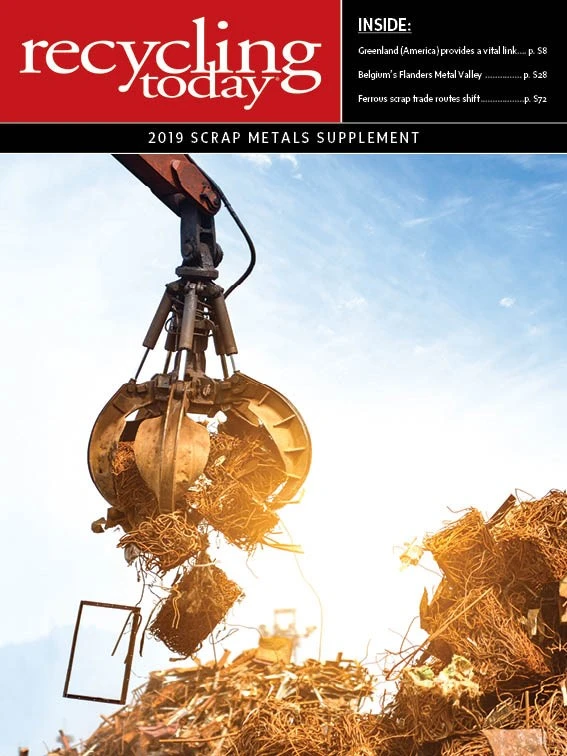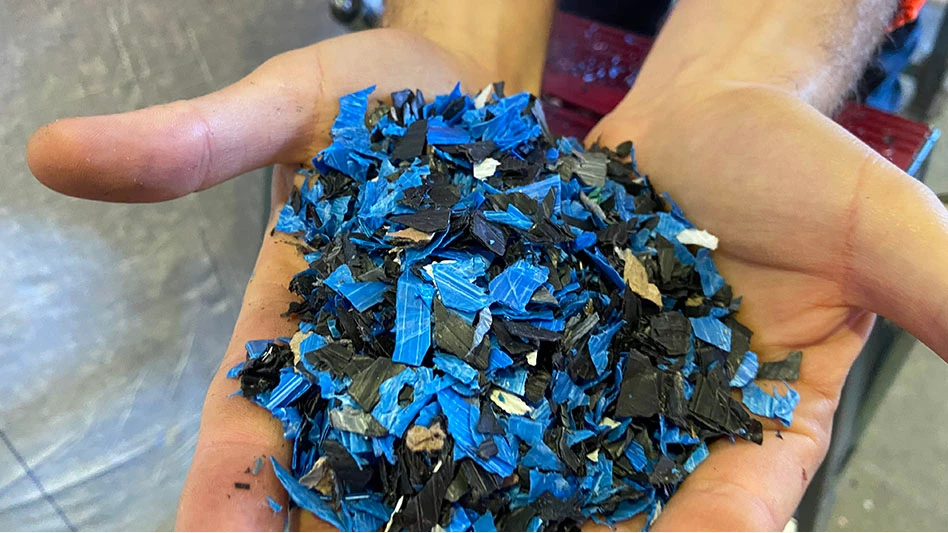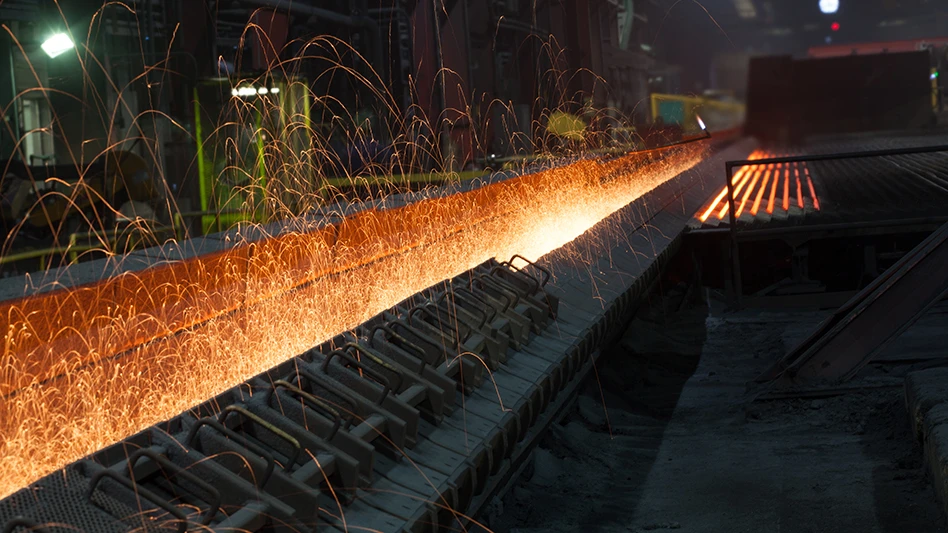
I am often asked by clients, friends and family what I think will happen to the catalytic converter recycling industry as a result of the looming promise of the electric vehicle.
My off-the-cuff response has been the same for many years: I will be able to retire from recycling converters without running short of material to process.
Without revealing my actual age, it will be 15 to 20 years before I am looking for a winter home in Florida and considering retiring. And, as of 2017, we were still producing roughly 95 million light-duty vehicles annually, of which roughly 1.3 percent were electric vehicles, according to Jon LeSage of Oilprice.com in an April 30, 2018, article for Business Insider.
For the foreseeable future and using existing technology, the impact of the electric vehicle will be insignificant to platinum group metal (PGM) and catalytic converter recycling. Despite the ambitious goals of many world governments to achieve zero emissions in the coming decades, the science behind achieving this goal is still in the infancy stage. According to some projections, to achieve zero emissions by 2050, every new vehicle sold today would need to be electric or fuel cell electric. We are a long way from reducing our dependency on petroleum at this stage of the game without significant breakthrough technology.
electric vehicle technology
As it stands, electric car battery technology depends on the extraction of lithium from the earth and its subsequent conversion into lithium carbonate. While lithium sources around the globe are plentiful, harvesting lithium and converting it to a usable format create a huge production bottleneck.
Without massive investment by governments and industry alike, reaching 30 percent market share for electric vehicles by 2030, as called for in the highly ambitious 2015 Paris Climate Agreement, is simply not attainable at current production levels.
Additionally, the will and ability of the average person to purchase an electric vehicle or even a gas-electric hybrid for that matter is questionable. For the time being, electric vehicles are only readily attainable by the upper-middle class and the upper class. For the average consumer, the range of electric cars and the availability to recharge them conveniently also are concerns. In northern climates where freezing temperatures can linger for multiple months, limiting the range of electric vehicles, their appeal can be reduced even further.
Unless manufacturers can substantively increase vehicle range, charging time and availability of charging stations, the public will not have much appetite to make the switch to electric vehicles regardless of the subsidies governments offer to consumers.
For most of the western world, we live in a consumer-driven economy. While some of the big car manufacturers are betting on the electric solution, the majority are opting to increase production of hybrid electric vehicles (HEVs).
Also, every HEV that rolls off the assembly line will have at least one catalytic converter and perhaps two, depending on how the manufacturer manages the gasoline portion of the engine. From what we are seeing presently in the catalytic converter recycling industry, converters for these hybrid vehicles (while smaller than their gas-only counterparts) have high loadings of PGMs. Considering that we still see some of the first converters that went to market some 30-plus years ago, converters will be available for recycling for some time to come. Even if the consumer automotive industry ultimately does move away from fossil fuels, the footprint of the internal combustion engine and the need to recycle materials associated with it will be around for decades.

Questions without answers
The push or switch to electric vehicles raises an entirely new set of questions yet to be answered by politicians or the science community.
What is the real carbon impact of harvesting lithium and transforming it into lithium carbonate? How much electricity is needed to run these new green vehicles, and how is that electricity going to be produced? If most of the world is still generating dirty electricity for “green electric vehicles” what is the gain? Will the cumulative efforts to become greener in the transportation sector actually have a zero-net effect?
How to handle spent lithium carbonate batteries also must be considered. Presently, few environmental regulations have been developed for scrapping and recycling these batteries. We still do not have the infrastructure and legislative framework to effectively reclaim lithium from the spent batteries.
For now, the recycling process for spent batteries is far costlier than mining and transforming lithium carbonate from raw materials. Will this lead to simply dumping these toxic and volatile items in landfills until we can figure out what to do with them?
Without clear answers to many of these questions, moving away from the status quo is not likely. While governments would like us to believe they have our future generations’ interests at heart, the abilities of common people and private industry hold more influence when it comes to the electric vehicle push.
Bluntly stated, while we will continue to see more electric vehicles on the road in the coming years, even with the best of intentions, reaching 10 percent market share for fully electric vehicles by 2030 would be a major accomplishment. This leaves plenty of room and need for the PGM recycling industry.
If my less ambitious predictions of a 10 percent market share for electric vehicles were to hold true—taking into account increased overall demand for consumer vehicles—will we be at a very similar demand for recycled PGMs from fossil-fuel-based engines? At the moment, there are consistent shortfalls in availability of PGMs for use in conventional vehicles. Palladium, in particular, as it is better at transforming off gasses into less harmful emissions than other PGMs, is in short supply. Johnson Matthey estimated in its “2018 PGM Market Report,” released in May of last year, a market deficit of 240,000 ounces of palladium. That projected deficit would be a decline from 2017’s 801,000 ounces. But, that said, record demand is expected for palladium in 2019.
“If your business has anything to do with end-of-life vehicles, you will be dealing with catalytic converters for a very long time to come.” – Cliff Hope, PMR Inc.
While it is possible for automakers to go back to using higher loadings of platinum in the converter mix, it would take at least two years to retool production lines to be able to do so.
Keeping in mind that recycled PGMs supply roughly 25 percent of present demand and are one-tenth the cost to produce than virgin material, I can’t imagine the electric car is going to have much impact at all on the PGM recycling industry for at least 20 years or more. If your business has anything to do with end-of-life vehicles, you will be dealing with catalytic converters for a very long time to come.
This is not to say that innovative companies should not begin looking for ways to recycle fully electric and hybrid batteries. As with the early adopters of catalytic converter recycling, there will be money to be made. Also, because of the toxic nature of batteries in the first place, recycling likely will be mandated by governments around the world to avoid end-of-life batteries ending up in landfills and creating further environmental issues.
Down the road for catalytic converters
For the time being, the transition to fully electric vehicles—or more importantly to zero-emission vehicles—is something we can aspire to achieve. However, without significant logistical and legislative advances, we likely are left with the status quo.
The production of electric vehicles for the foreseeable future will remain costly and still face the bottleneck created by lithium carbonate production. The financial and technological challenges of electric vehicle production and recycling of spent batteries ensure that internal-combustion engines will have a big role to play for many years to come.
With governments mandating stricter emissions standards, the obvious economic solution is to produce cleaner burning gasoline vehicles or a higher number of hybrids. In either of these scenarios, catalytic converters still have a long road ahead of them, and this PGM recycler will be happy to have a long and successful career recycling them.

Explore the January 2019 Scrap Metals Supplement Issue
Check out more from this issue and find your next story to read.
Latest from Recycling Today
- AF&PA report shows decrease in packaging paper shipments
- GreenMantra names new CEO
- Agilyx says Styrenyx technology reduces carbon footprint in styrene production
- SABIC’s Trucircle PE used for greenhouse roofing
- Hydro to add wire rod casthouse in Norway
- Hindalco to invest in copper, aluminum business in India
- Recycled steel price crosses $500 per ton threshold
- Smithers report looks at PCR plastic’s near-term prospects






